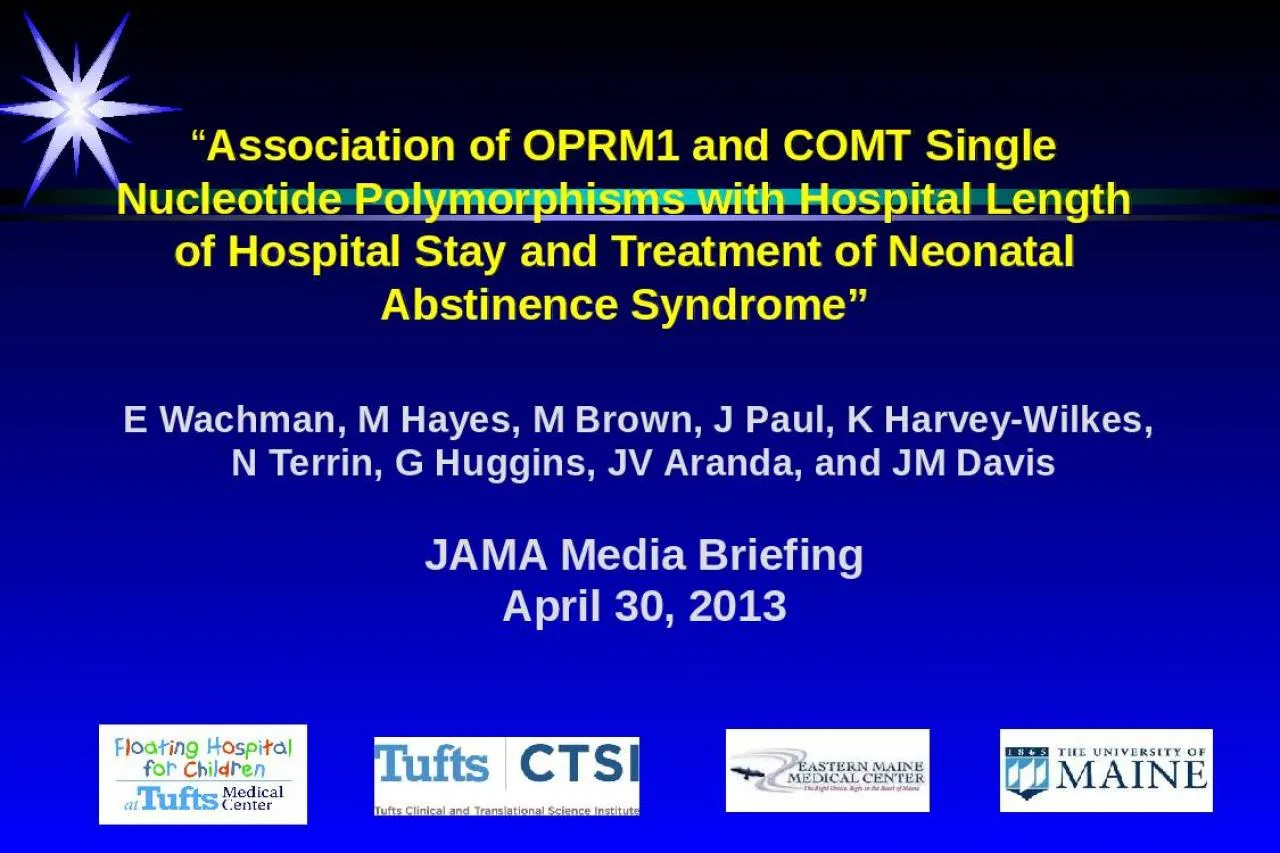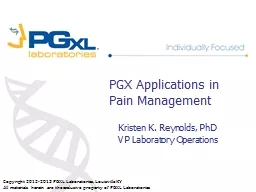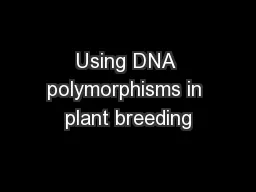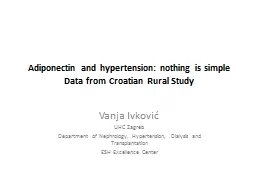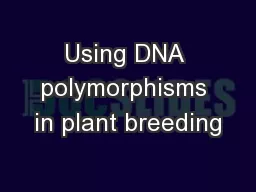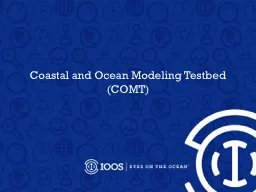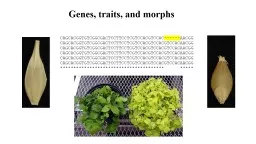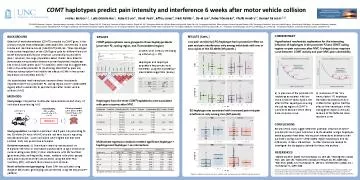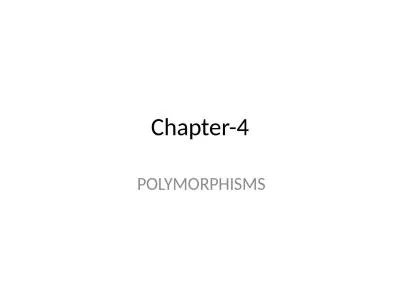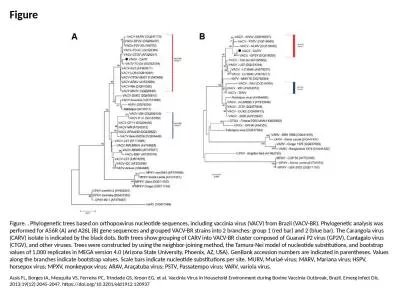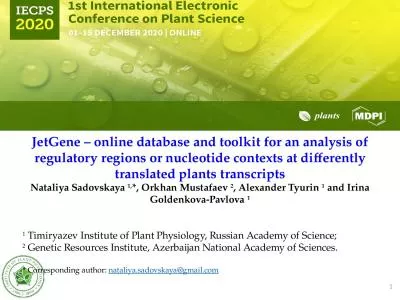PPT-“ Association of OPRM1 and COMT Single Nucleotide Polymorphisms with Hospital Length
Author : gagnon | Published Date : 2022-05-17
E Wachman M Hayes M Brown J Paul K HarveyWilkes N Terrin G Huggins JV Aranda and JM Davis JAMA Media Briefing April 30 2013 Disclosures No C onflicts of
Presentation Embed Code
Download Presentation
Download Presentation The PPT/PDF document "“ Association of OPRM1 and COMT Single..." is the property of its rightful owner. Permission is granted to download and print the materials on this website for personal, non-commercial use only, and to display it on your personal computer provided you do not modify the materials and that you retain all copyright notices contained in the materials. By downloading content from our website, you accept the terms of this agreement.
“ Association of OPRM1 and COMT Single Nucleotide Polymorphisms with Hospital Length: Transcript
Download Rules Of Document
"“ Association of OPRM1 and COMT Single Nucleotide Polymorphisms with Hospital Length"The content belongs to its owner. You may download and print it for personal use, without modification, and keep all copyright notices. By downloading, you agree to these terms.
Related Documents

